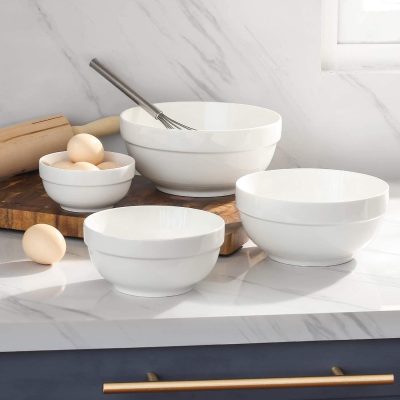According to the color of pottery, cultural relics and archaeologists divide pottery into red pottery, gray pottery, painted pottery, white pottery, painted pottery, black pottery and glazed pottery.
Terracotta is the most common type of pottery in primitive society, and its color is like red brick. When the kiln is fired, the gas is fully supplied to form an oxidizing atmosphere, so that the iron in the clay is converted into ferric iron, and it appears red.
Gray pottery refers to pottery that is gray or gray-black. This is in the later stage of firing the kiln, controlling the fire to form a reducing atmosphere. Due to the lack of oxygen in the kiln, the iron oxides in the clay are converted into ferrous iron, and the pottery is gray or black. Grey pottery is the most common and generally rough.
Painted pottery is painted on the pottery before the pottery enters the kiln. After firing, it has ochre, black, white and other colors. The human-faced fish-patterned basin at the Banpo site in Xi’an is an example.
White pottery, that is, white pottery, is only available in the late Neolithic Age, mainly because the content of iron oxide in the clay is low, and it appears white after the interference of some pigments is excluded.
Painted pottery is also colored, and the difference between it and painted pottery is that the pottery is fired and then colored. Since the color has not been fired, it is not firmly bonded to the green body, and it is easy to fall off. The Qin Terracotta Warriors and Horses unearthed in Xi’an belong to painted pottery.
Black pottery refers to the bright and dark pottery mainly found in the matriarchal clan society stage. In the later stage of roasting, thick smoke is used to smoke the shade, so that the carbon particles in the smoke infiltrate and fill the gaps of the pottery, so that it can appear black. Some of the black pottery products have walls as thin as eggshells, which are called “eggshell pottery” and are very precious. Glazed pottery refers to pottery with a layer of lime glaze on the surface of the pottery. The main components of the glaze are silicon oxide, aluminum oxide, calcium oxide, sodium oxide, etc., which can be prepared by adding lime and clay, and it is in a glass state after melting. If some metal oxides such as copper oxide, cobalt oxide, etc. are added to the glaze, green, blue and other colors will appear after roasting. The common Tang Sancai is glazed pottery.

















